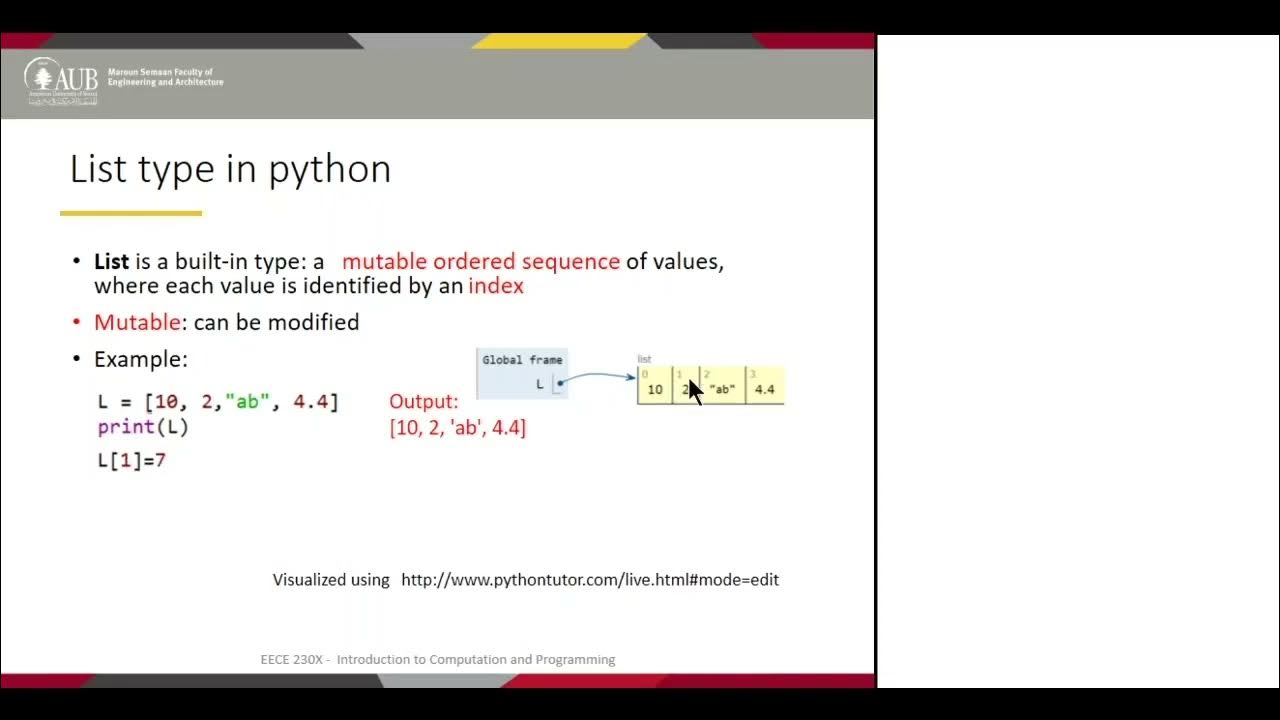ESTRUTURAS DE DADOS de um jeito fácil! (Guia rápido para programadores iniciantes)
Summary
TLDRThe video highlights the importance of data structures in programming, emphasizing their role in organizing, manipulating, and storing data efficiently. It covers fundamental data structures like lists, stacks, queues, trees, and hash tables, explaining their use cases with relatable examples. The speaker underscores the need for programmers to understand various data structures to create optimized algorithms and solve problems more effectively. Partnering with DNC School, the video also promotes the importance of building a strong foundation in computer science for career growth. Viewers are encouraged to explore more educational content and stay persistent in their programming journey.
Takeaways
- 📚 Data structures are essential in programming for organizing, manipulating, and storing data effectively.
- 🚀 Many programmers overlook the importance of understanding data structures, which are critical to solving problems efficiently.
- 🎯 The video focuses on teaching data structures in a simple and practical way, beyond just technical terms.
- 🧠 Knowing the right data structure is key to building performant algorithms and becoming a better programmer.
- 📦 The example of stacking books highlights how different data structures can impact performance when accessing data.
- ✅ There is no one-size-fits-all data structure; the best choice depends on the problem being solved.
- 📝 Lists, stacks, queues, trees, and hash tables are fundamental data structures that every programmer should understand.
- 🔄 Lists allow adding and removing elements in an ordered fashion, where each item occupies an index.
- 📚 Stacks operate on a 'Last In, First Out' (LIFO) principle, often used in cases like browser history.
- ⏳ Queues work on a 'First In, First Out' (FIFO) basis, ideal for systems like file processing where order matters.
Q & A
What are data structures, and why are they important in programming?
-Data structures are systems for organizing, managing, and storing data in programming. They are crucial because they help programmers access, manipulate, and optimize data efficiently, leading to more effective solutions for various problems.
Why is it essential for programmers to have a strong foundation in data structures?
-A solid understanding of data structures allows programmers to develop efficient algorithms, solve complex problems, and write optimized code. Without this knowledge, it becomes difficult to build performant systems and applications.
How does the video suggest organizing books to explain data structures?
-The video uses the example of organizing books in two ways: stacking them in a box (similar to a stack data structure) and arranging them on a shelf with labels (similar to a more efficient structure like an array or hash table) to demonstrate how different methods can optimize data access.
What is the difference between a stack and a queue in terms of data organization?
-A stack follows the LIFO (Last In, First Out) principle, where the last item added is the first to be removed, like stacking books. A queue follows the FIFO (First In, First Out) principle, where the first item added is the first to be removed, like waiting in a line at a bank.
What is a list in data structures, and how does it function?
-A list is an ordered collection where each element occupies a specific position or index. Items can be added or removed, and knowing the index of an item allows for quick access to it, making lists useful for tasks requiring sequential data management.
How are binary trees structured, and what are they used for?
-A binary tree is a hierarchical structure where each node has at most two children (left and right). It is used to represent hierarchical relationships and allows efficient searching, insertion, and deletion of data due to its sorted nature.
What is the principle behind hash tables, and why are they efficient?
-Hash tables organize data as key-value pairs, where each key maps to a specific value using a hash function. This enables fast data retrieval because, with the correct key, you can directly access the corresponding value, avoiding the need to search through the data.
Why does the video emphasize learning multiple data structures instead of relying on just one?
-The video stresses that each data structure has different strengths and is suited for different problems. By learning various structures, programmers can choose the most appropriate one for a given problem, rather than forcing one solution for all scenarios, which could lead to inefficiencies.
What is an example of a real-world application for a queue data structure?
-A real-world application of a queue is a system for uploading files, where files are processed in the order they are uploaded. The first file to be added is processed first, and subsequent files follow in sequence.
How does the video address the learning process in programming, especially when it feels overwhelming?
-The video acknowledges that learning programming can feel overwhelming due to the vast amount of information. However, it encourages persistence, focusing on foundational knowledge, and learning incrementally to avoid feeling stuck or discouraged.
Outlines

此内容仅限付费用户访问。 请升级后访问。
立即升级Mindmap

此内容仅限付费用户访问。 请升级后访问。
立即升级Keywords

此内容仅限付费用户访问。 请升级后访问。
立即升级Highlights

此内容仅限付费用户访问。 请升级后访问。
立即升级Transcripts

此内容仅限付费用户访问。 请升级后访问。
立即升级5.0 / 5 (0 votes)






